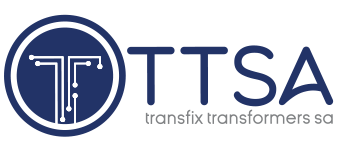The forum, established in terms of Section 5 of the Electricity Regulation Act, will provide advice to the energy regulator on electricity market reform, including market codes, trading arrangements and associated regulatory instruments.
The National Energy Regulator of South Africa (Nersa) has appointed a broad-based Electricity Market Advisory Forum (EMAF) to advise on the development and implementation of the country’s wholesale electricity market.
